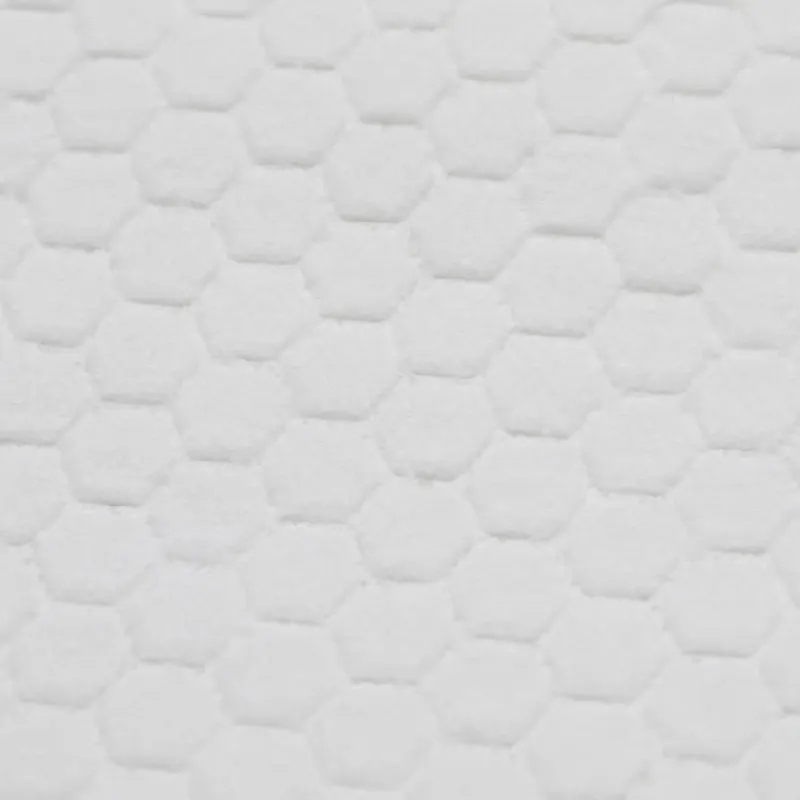
- Afrikaans
- Arabic
- Belarusian
- Bengali
- Czech
- Danish
- Dutch
- English
- Esperanto
- Estonian
- Finnish
- French
- German
- Greek
- Hindi
- Hungarian
- Icelandic
- Indonesian
- irish
- Italian
- Japanese
- kazakh
- Rwandese
- Korean
- Kyrgyz
- Lao
- Latin
- Latvian
- Malay
- Mongolian
- Myanmar
- Norwegian
- Persian
- Polish
- Portuguese
- Romanian
- Russian
- Serbian
- Spanish
- Swedish
- Tagalog
- Tajik
- Thai
- Turkish
- Turkmen
- Ukrainian
- Urdu
- Uighur
- Uzbek
- Vietnamese
Understanding the Benefits and Features of Synthetic Turf Options
Dec . 25, 2024 07:12 Back to list
The Rise of Synthetic Turf A Revolution in Sports and Recreation
In recent years, synthetic turf has emerged as a game changer in the world of sports and recreation. This innovative surface, often referred to as artificial grass, has gained immense popularity for its durability, low maintenance, and versatile applications. As we delve into the reasons behind the rising adoption of synthetic turf, we'll uncover its benefits, applications, and potential challenges.
The Benefits of Synthetic Turf
One of the primary advantages of synthetic turf is its durability. Unlike natural grass, which can become worn and patchy with heavy use, synthetic surfaces can withstand the rigors of high-impact sports. Facilities can maintain a pristine appearance year-round, regardless of weather conditions – a feat that is particularly beneficial in regions prone to drought or heavy rainfall. This toughness makes synthetic turf an ideal choice for multi-purpose sports fields, where football, soccer, and lacrosse might all play on the same surface.
Another significant benefit is the reduction in maintenance costs. Natural grass requires regular mowing, watering, fertilizing, and pest control, which can be time-consuming and costly. In contrast, synthetic turf requires far less upkeep. Although initial installation costs can be high, the long-term savings from reduced maintenance make it an economically viable option for schools, parks, and sports clubs.
Additionally, synthetic turf provides a safer playing environment. Advances in technology have led to the development of materials that mimic the characteristics of natural grass while offering enhanced shock absorption and reduced injury rates. These features have been particularly appealing for youth sports organizations and schools, where player safety is a paramount concern.
Versatile Applications
Synthetic turf is not limited to just sports fields. Its versatility has extended to various applications, including residential lawns, playgrounds, dog parks, and commercial spaces. Homeowners seeking a green lawn without the upkeep have turned to artificial grass as a practical solution. It not only looks aesthetically pleasing but also helps conserve water, making it an environmentally friendly choice in areas facing water shortages.
str synthetic turf

In playgrounds, synthetic turf can provide a soft landing surface for children, reducing the risk of injury during falls. Moreover, it can be installed in various colors and patterns, enhancing the overall look and feel of recreational spaces. Dog parks also benefit from synthetic turf, as it is resistant to wear and tear from enthusiastic pets, and its drainage capabilities help maintain a clean environment.
Addressing the Challenges
Despite its many benefits, synthetic turf is not without challenges. One concern often raised is the environmental impact of both the production and disposal of artificial grass. Most synthetic turf is made from plastic materials, which can contribute to environmental degradation if not disposed of properly. Additionally, there are concerns about heat retention on artificial surfaces, which can make them uncomfortably hot in direct sunlight.
However, manufacturers are increasingly addressing these issues. Newer products are being developed using more sustainable materials, and various recycling programs are being implemented to reduce waste. Moreover, advancements in technology have led to the creation of cooling infills designed to mitigate heat retention, making synthetic turf more comfortable for players and users alike.
The Future of Synthetic Turf
As synthetic turf technology continues to evolve, its popularity is expected to grow even further. With increasing awareness of the importance of sustainable practices in sports and recreation, the industry is likely to see more innovations aimed at making synthetic turf an even greener option. Enhanced performance characteristics, environmentally friendly materials, and greater customization will likely drive its adoption in both urban and rural settings.
In conclusion, synthetic turf represents a significant advancement in the realm of sports and recreation. Its durability, low maintenance, and versatile applications position it as a superior alternative to natural grass. While challenges remain, ongoing innovations and growing awareness of sustainable practices suggest a bright future for synthetic turf in a wide range of settings. From sports fields to backyard gardens, the impact of this synthetic solution is set to redefine our interaction with outdoor spaces.
-
The Benefits of Artificial Turf for Indoors
NewsJul.15,2025
-
How Artificial Grass Suppliers Ensure Quality Products
NewsJul.15,2025
-
Artificial Grass and Pets: A Space for Relaxation
NewsJul.08,2025
-
Balcony & Outdoor Decoration with Artificial Grass
NewsJul.08,2025
-
Best Indoor Artificial Grass for Home
NewsJul.07,2025
-
Best Pet Turf for Dogs: Safe & Durable Artificial Grass Options
NewsJul.07,2025
Products categories









